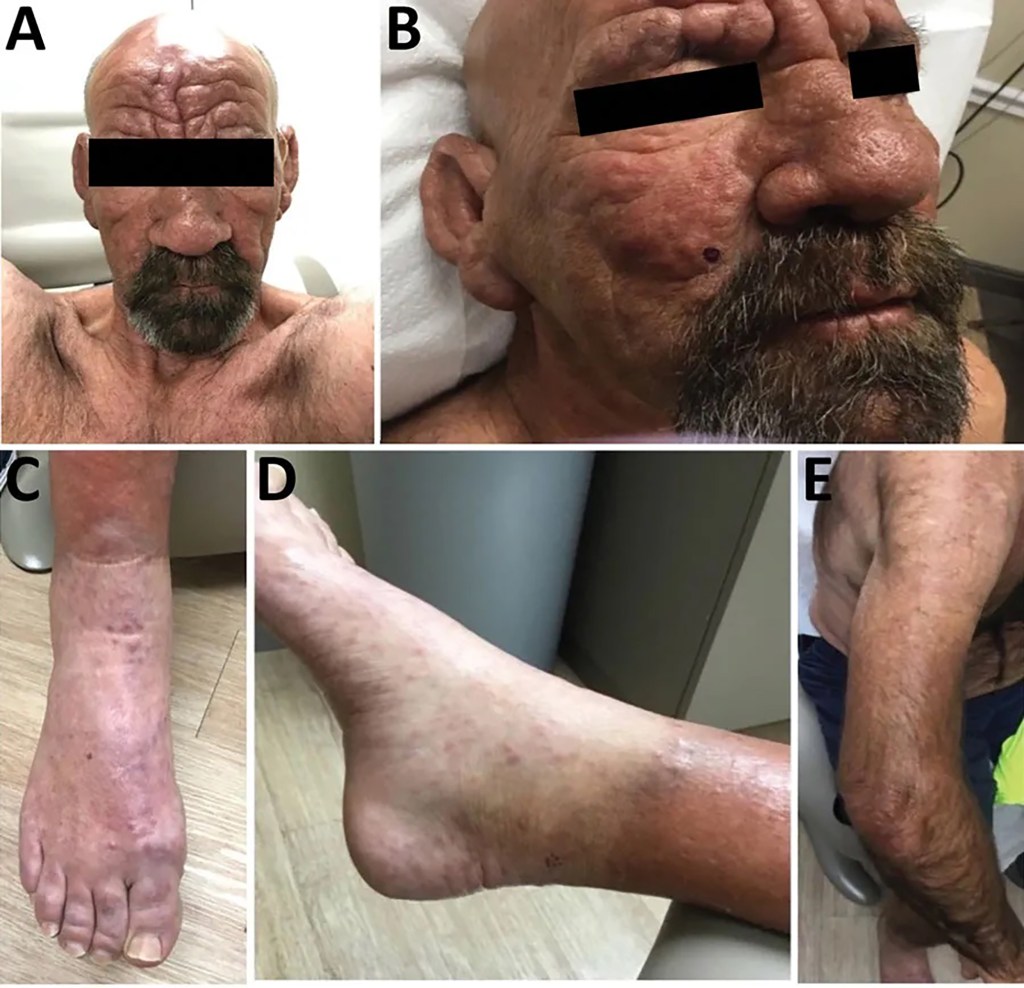Infection
Biblical disease spikes in Florida: CDC’s leprosy alert
Cases of leprosy — an infectious disease that’s been around since ancient times — have increased dramatically in Florida, and health experts fear the infectious disease is now endemic to the Sunshine State.
Central Florida accounts for nearly one-fifth of all cases in the US, according to the Centers for Disease Control and Prevention, and for 81% of the cases reported in Florida.
Also known as Hansen’s disease, leprosy is usually spread during lengthy person-to-person contact through airborne droplets from the nose and mouth of an infected person.
Historically, leprosy has been uncommon in the US, and most cases have come from people who immigrated from countries where the disease is more common.
But since 2000, cases of leprosy have gradually increased, and have more than doubled over the past decade.
And the CDC reveals that about 34% of the cases reported from 2015 and 2020 were locally acquired, as opposed to travel-related cases.
Leprosy is caused by the bacteria Mycobacterium leprae, according to the Cleveland Clinic. It affects a person’s skin, eyes, mucous membranes and nerves, causing disfiguring sores and nerve damage.
Leprosy has been around since before the biblical era when people shunned and isolated those with the disease in so-called “leper colonies.” It can now be effectively treated with antibiotics when caught early, so there’s no longer any need to quarantine people.
Although most cases of leprosy are spread from person to person, the disease can also be spread through zoonotic (animal) contact — especially through armadillos.
In the southern US, some armadillos are infected with the Mycobacterium leprae bacteria, the CDC reports, and it’s possible that the animals can spread it to people who come into contact with them.

Leprosy can affect people of all ages, but it’s most common in people aged 5 to 15 and those over 30.
More than 95% of people infected with Mycobacterium leprae don’t ever develop leprosy, because their immune system fights off the infection.
Symptoms of leprosy include skin patches; numbness or tingling in the hands, feet, arms and legs; painless wounds on the hands and feet; and muscle weakness.
If left untreated, leprosy can cause paralysis, vision loss, disfigurement of the nose, permanent damage to the hands and feet and shortening of the fingers and toes.
The disease can develop very slowly over a span of months or years, making it hard to pinpoint when and where a person caught it.
Antibiotics can usually treat the condition, but permanent nerve damage may occur.
The CDC is now warning doctors to consider leprosy when examining patients who have traveled to Florida or elsewhere in the southeastern US.

